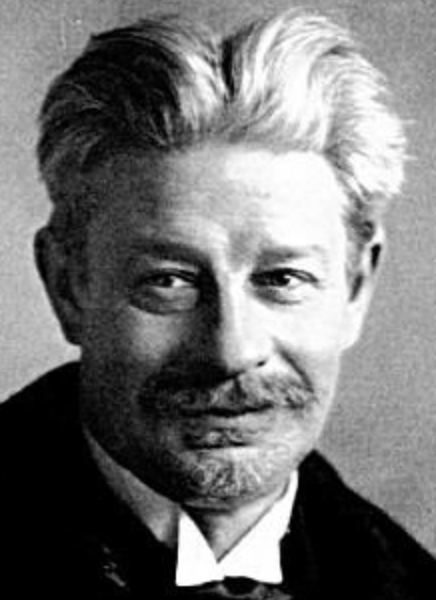On this date in 1842, Danish intellectual Georg Morris Cohen Brandes was born into a nonobservant Jewish family in Copenhagen, the elder brother of freethinkers Ernst and Carl Edvard Brandes. He studied jurisprudence at the University of Copenhagen before switching to philosophy and aesthetics.
He traveled through Europe from 1865-71 to acquaint himself with the condition of literature in academia. He published Aesthetic Studies (1868), a series of brief monographs on Danish poets, followed in 1870 by The French Aesthetics of the Present Day, dealing chiefly with Hippolyte Taine’s Criticisms and Portraits and a translation of The Subjection of Women by John Stuart Mill. His aesthetics lectures at the University of Copenhagen started attracting large audiences but he was refused a professorship due to his atheism and his “Modern Breakthrough” theory of the principles of a new realism and naturalism in literature being seen as too radical.
He published the six-volume Main Currents in Nineteenth-Century Literature starting in 1906. It was among the 100 best books for education selected in 1929 by historian Will Durant. His last years were dedicated to anti-religious polemic. He argued against the historicity of Jesus and published Sagnet om Jesus, which was translated as Jesus: A Myth in 1926. He died at age 85 in 1927.


